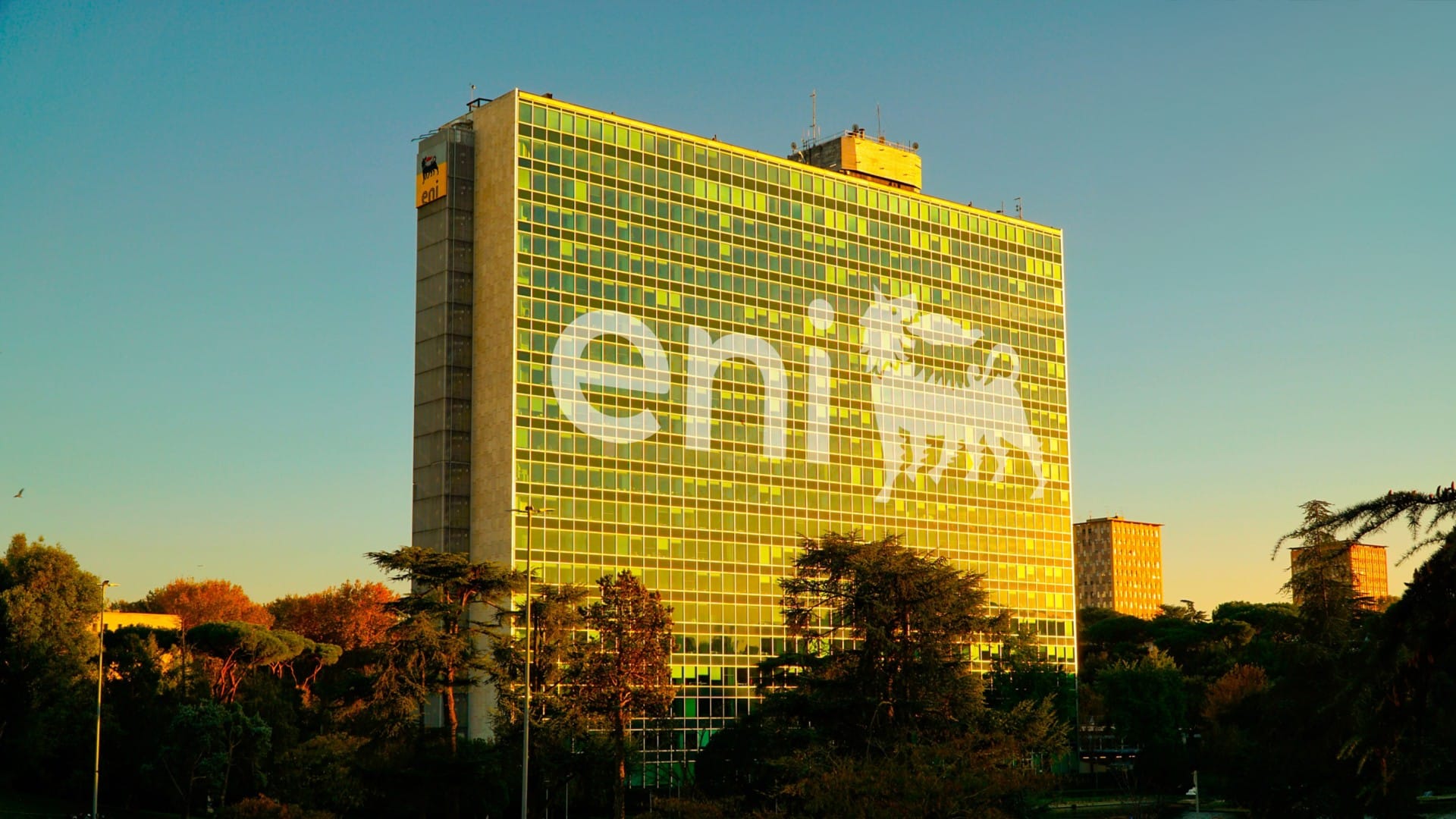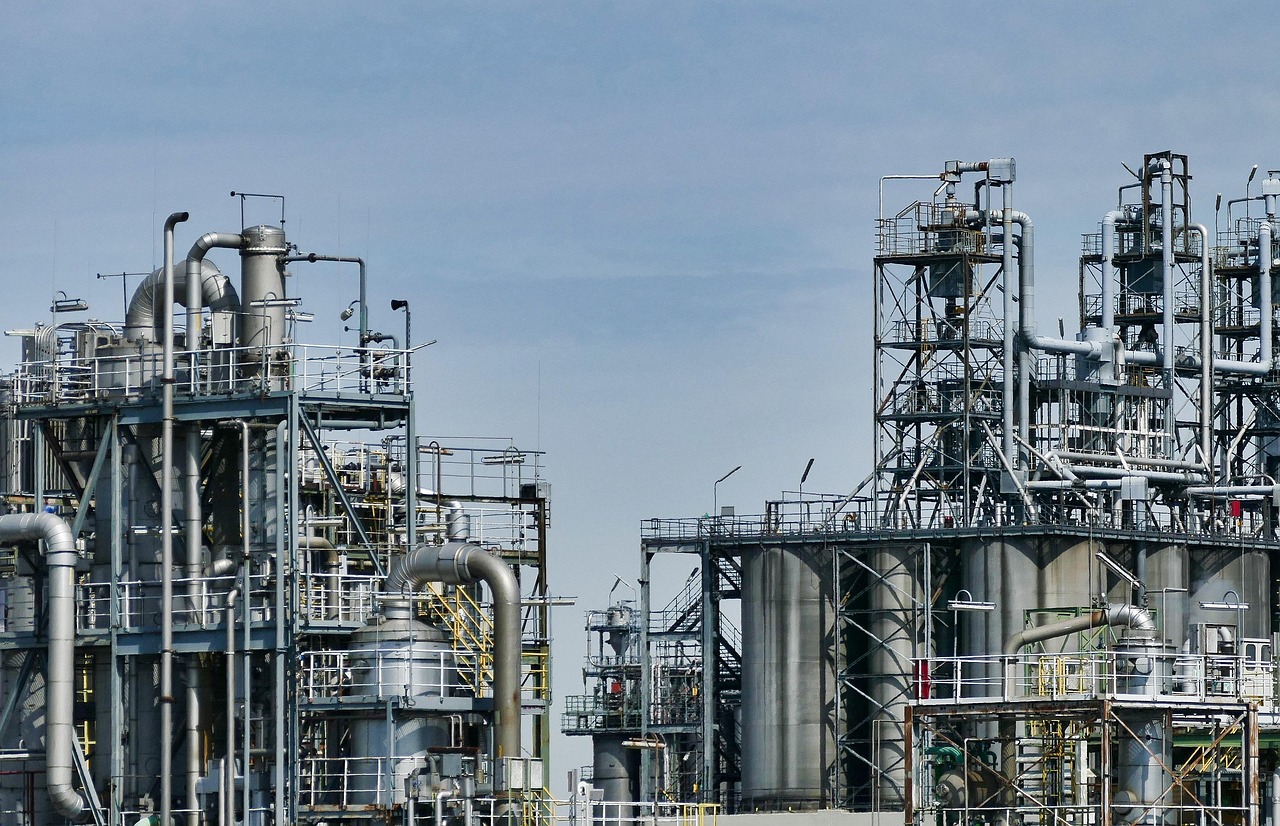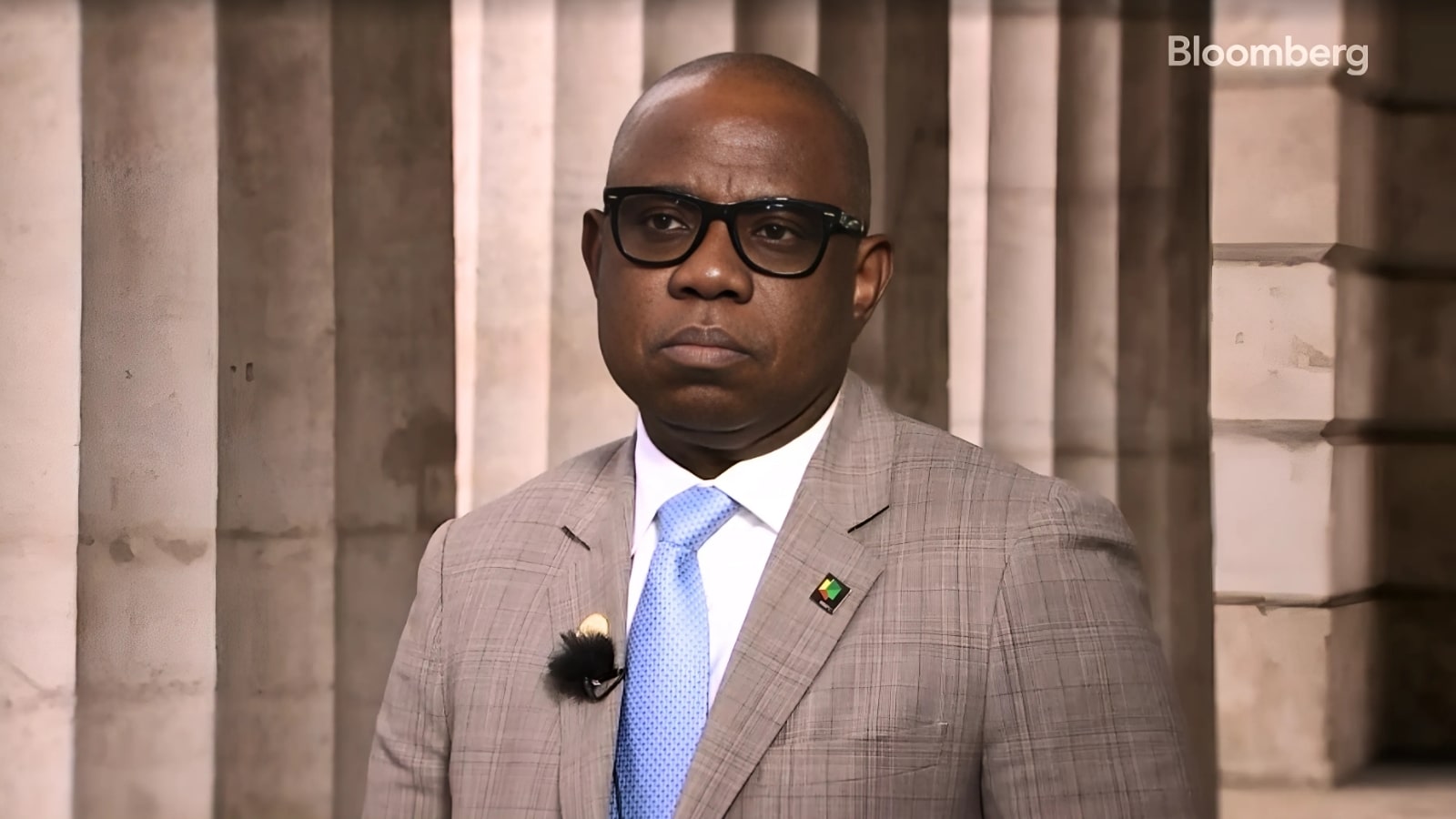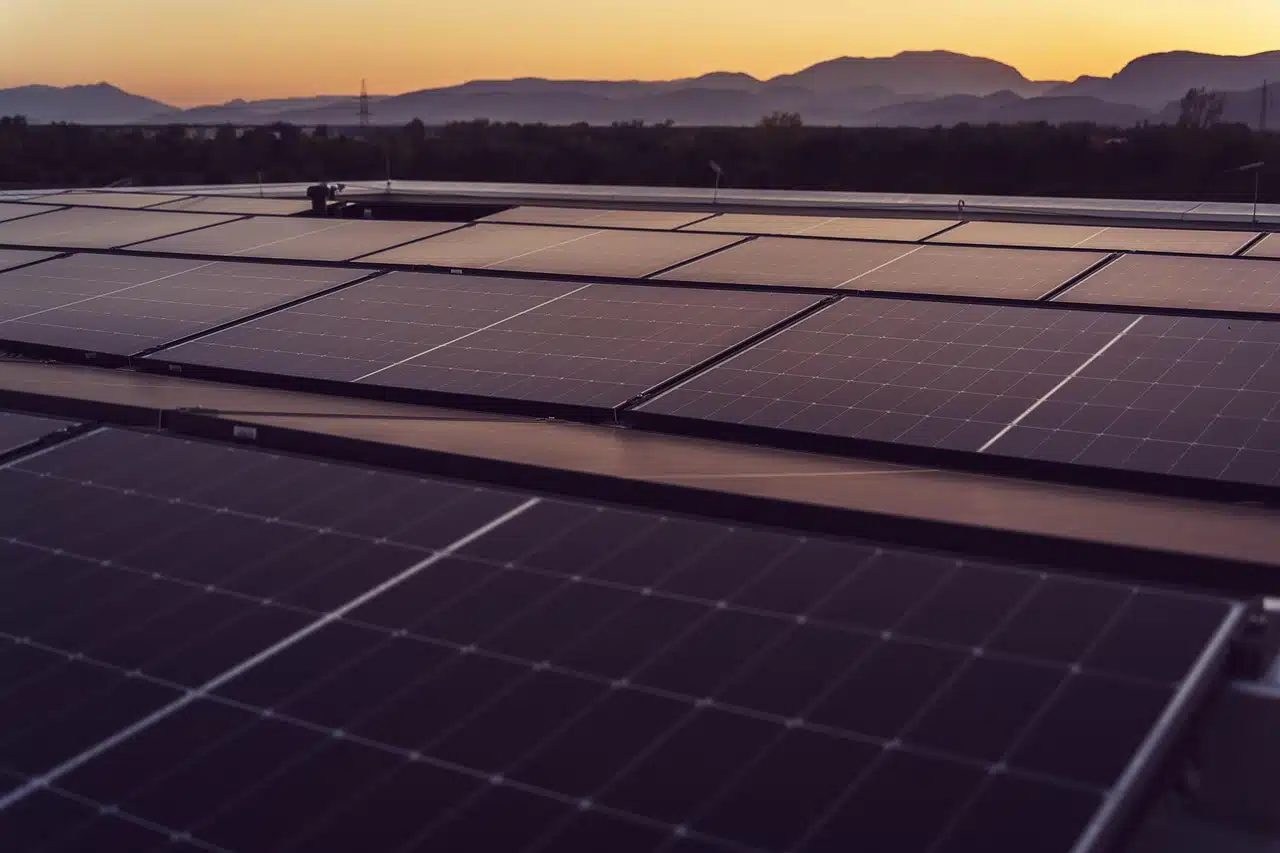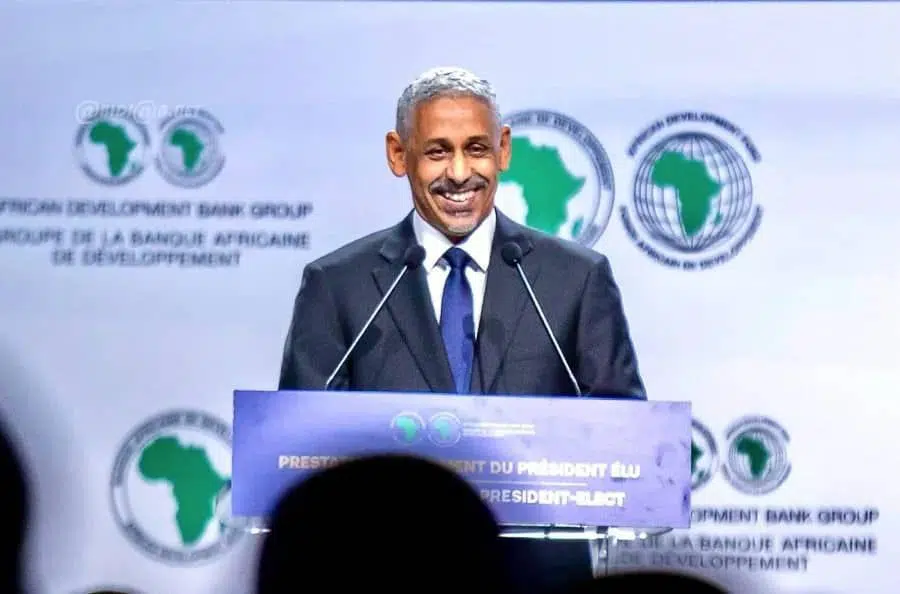Italian energy giant Eni has restarted drilling operations in Libya, marking its return to the country after a five-year pause triggered by the COVID-19 pandemic.
Libya’s National Oil Corporation (NOC) confirmed the re-entry of the exploratory well C1-16/4—also known as BESS-3—at Block 16/4 in the northwest offshore region.
The well, located in Contract Area D (formerly MN 41), lies approximately 95 kilometres off the Libyan coast and 15 kilometres from the Bahr Es Salam gas field, at a water depth of 743 metres.
Drilling operations are now being carried out using Saipem’s Scarabeo-9, a sixth-generation semi-submersible rig of Frigstad D90 design, with plans to reach a final depth of 10,520 feet (around 3,200 metres).
Eni’s initial attempt to drill the well began in March 2020 using Ensco’s 4005 rig, which reached a depth of 1,012 feet before operations were halted due to the pandemic.
The well was secured and temporarily abandoned, and the rig was decommissioned shortly thereafter.
Partnership with Libya’s NOC
Eni operates in Libya through a 50-50 joint venture with the National Oil Corporation (NOC), known as Mellitah Oil & Gas.
The company (Mellitah) is Libya’s largest gas producer, supplying 80% of the country’s gas.
About 70% of this gas is used for domestic electricity generation while the rest is exported to Italy via the Greenstream pipeline.
In 2024, Eni’s operated production in Libya reached 403,000 barrels of oil equivalent per day.
The company is actively involved in strategic projects aimed at boosting gas output and reducing carbon emissions, including:
Specifically, the Italian energy giant is one of the major bidders in Libya’s first oil and gas licensing round in 18 years, alongside other majors like Chevron, TotalEnergies and ExxonMobil.
The results are expected in November 2025.
Libya continues to see a return of IOCs
The resumption of activity comes amid a broader revival of international interest in Libya’s energy sector.
Earlier this year, U.S. oil major ExxonMobil signed a memorandum of understanding with NOC to conduct geological and geophysical studies across four offshore blocks near the northwest coast and the Sirte Basin.
This also marks ExxonMobil’s return after a decade-long absence caused by the 2011 Arab Spring that forced the company and other major oil and gas players to suspend operations in the country.
Libya, home to Africa’s largest proven oil reserves, has seen a gradual recovery in its energy sector, with foreign operators cautiously re-engaging amid improving security and regulatory conditions.
Other players like Repsol, Weatherford, BP and OMV have also returned to the country in recent months.

